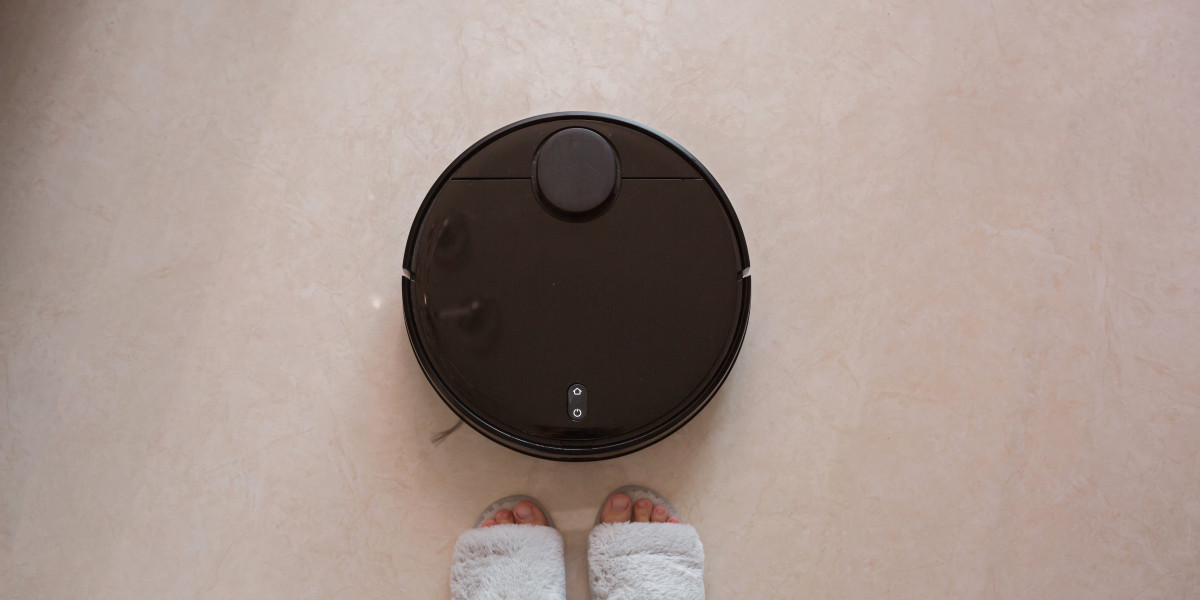Understanding Rollators with Wheels: A Comprehensive Guide
Rollators, also referred to as wheeled walkers, have become progressively popular amongst individuals looking for mobility assistance. These innovative gadgets supply a mix of support, stability, and convenience, making them ideal for seniors and individuals with impairments. This post checks out the functions, benefits, types, and factors to consider of rollators with wheels, together with often asked questions to assist you make a notified decision.
What is a Rollator?
A rollator is a mobility gadget equipped with three or 4 wheels, hand brakes, and a frame developed for stability. Unlike conventional walkers, which need users to lift the device to move, rollators move smoothly, permitting users to stroll naturally while receiving support. The majority of rollators also include a seat for resting, making them especially beneficial for those who might tire easily.
Key Features of Rollators
- Wheels: Generally developed with either 3 or 4 wheels, supplying balance and stability while walking.
- Hand Brakes: These brakes enable users to stop the rollator securely while promoting self-confidence throughout use.
- Seat: Many rollators come equipped with a seat for resting, perfect for users who may require to take breaks during walks.
- Basket or Storage Bag: Convenient for bring personal products, shopping, or basics during trips.
- Adjustable Height: Frames are typically adjustable for a custom fit, accommodating users of different heights.
Benefits of Using a Rollator with Wheels
Rollators provide various benefits for individuals with minimal mobility. Some of the essential benefits consist of:
- Enhanced Mobility Aid: Rollators permit users to keep independence and mobility, making it much easier to navigate inside your home and outdoors.
- Improved Stability: The existence of wheels and brakes provides additional support, decreasing the danger of falls.
- Convenience of Use: Users can walk naturally without requiring to lift the gadget, which can reduce pressure on the arms and back.
- Comfy Seating: Users can take breaks whenever required, lowering fatigue and permitting longer trips.
- Increased Confidence: With better assistance and stability, users might feel more safe in their movements, resulting in higher mobility.
Kinds of Rollators
When thinking about a rollator, a variety of options are offered to deal with diverse requirements:
Standard Rollators: Typically featured four wheels, larger frames, and a comfortable seat, making them ideal for most users.
Compact Rollators: Designed for indoor use or travel, these rollators are lightweight, foldable, and frequently feature smaller frames.
Sturdy Rollators: Engineered for users who might require additional support, Mymobilityscooters.Uk these rollators normally have a higher weight capacity and a bigger frame.
Three-Wheeled Rollators: More maneuverable than their four-wheeled equivalents, these rollators are ideal for browsing tighter spaces.
Factors to consider Before Purchasing a Rollator
Before buying a rollator, there are a number of aspects that should be thought about to make sure the very best suitable for specific needs:
- Weight Capacity: Check the weight limit to guarantee it supports the user's weight effectively.
- Frame Size: Ensure that the frame fits the user's height for optimal convenience and support.
- Wheel Size: Larger wheels are typically much better for outdoor use and rough terrain, while smaller sized wheels are more fit for indoor use.
- Storage Options: Consider how much storage is required for mobility aids, shopping, or personal items.
- Mobility: If travel is a concern, select a foldable and Shop DAYS Lightweight Folding 3-Wheel Walker - Ruby Red model for ease of transport.
Upkeep of Rollators
Appropriate upkeep can lengthen the life of a rollator and ensure safety during use. Here are some tips:
- Regularly Check Brakes: Ensure that hand brakes operate properly and adjust them as needed.
- Inspect Wheels: Look for wear and tear; replace wheels if they reveal indications of damage.
- Tighten Up Loose Parts: Regularly check for any loose screws or bolts and tighten them to maintain stability.
- Tidy the Frame: Wipe down the frame frequently to keep it totally free from dirt and particles.
Table: Comparison of Rollator Types
| Kind of Rollator | Wheel Count | Perfect Use | Weight Capacity | Mobility |
|---|---|---|---|---|
| Requirement Rollator | 4 | General mobility | 300 lbs | Moderate |
| Compact Rollator | 4 | Indoor/Travel | 250 pounds | High |
| Sturdy Rollator | 4 | Rigorous use | 400 lbs | Low |
| Three-Wheeled Rollator For Travel | 3 | Tight areas | 300 pounds | Moderate |
FAQs About Rollators with Wheels
Q1: How do I choose the right rollator for my requirements?
A1: Consider factors such as your height, weight, and where you'll mostly use the rollator (indoor vs. outdoor). A trial at a mobility store may also help you find a comfy fit.
Q2: Are rollators difficult to navigate?
A2: Most rollators are created for ease of use, and with practice, users typically find them easy to maneuver, specifically those with rotating wheels.
Q3: What is the average expense of a Rollator With Brakes?
A3: Prices can range significantly, from approximately ₤ 70 for fundamental models to over ₤ 300 for high-end or specialized designs.
Q4: Can rollators be used outdoors?
A4: Yes, numerous rollators are created for both indoor and Rollator For Petite outdoor use. However, selecting one with bigger wheels can enhance stability on uneven terrain.
Q5: How do I maintain my rollator?

A5: Regularly examine the brakes and wheels for wear, tighten any loose parts, and clean the frame periodically to ensure safety and longevity.
Rollators with wheels are essential mobility aids that promote independence and security for users. By understanding the features, benefits, and maintenance of rollators, people can make educated choices about their mobility needs. With the best rollator, users can enjoy improved mobility, self-confidence, and quality of life.





